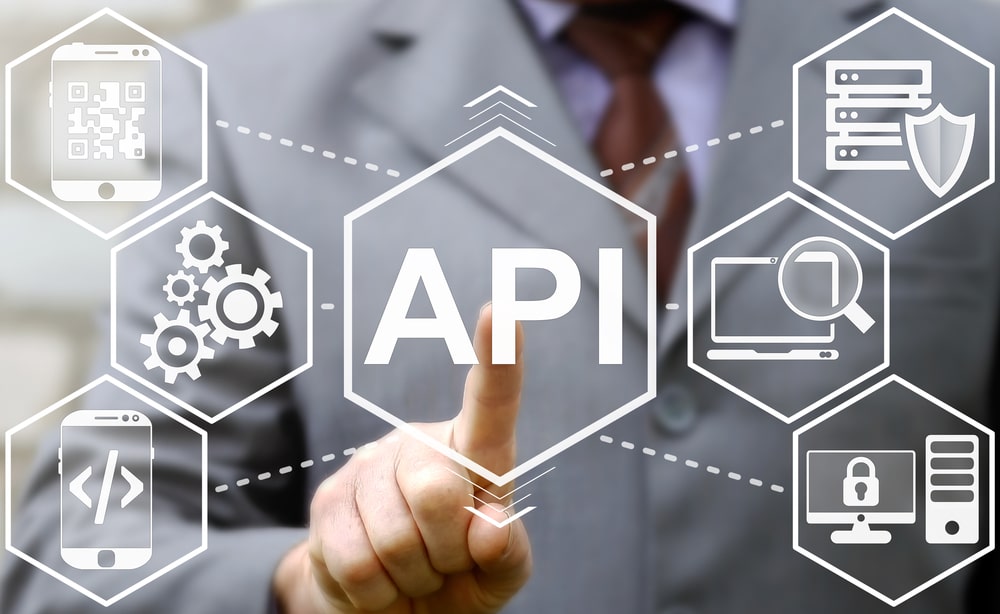- Have any questions?
- 057 21 20 555
- 0100 81 88 681
- almohandes.furniture@gmail.com
Tuckman’s Stages of Group Development
Tuckman’s Stages of Group Development
Content
Disagreements are unavoidable on teams, especially when each person on the team has a different perspective on how to approach the issues the team encounters. When you all work in the same location, https://globalcloudteam.com/ it can be easier to hash out problems quickly. On a remote team, you need to be more thoughtful about the tools and the processes that you use to identify and deal with disagreements.

Understanding the five stages of team development is vital to form teams that work effectively as a unit. Teamwork presents a lot of unique challenges, like addressing individual needs, resolving conflicts and more. Projects that require a lot of teamwork show companies how important it is to have an organised and effective HR team. The team development stages also help the members better acquaint themselves with each other’s skills and prepare them for future positions.
What is the team development process?
Typical traits of Adjourning include potential sadness, recognition of team and individual efforts, and disbanding. Provides a quick (60-90 minute) read about a successful agile transformation at a multinational entertainment and media company, told from the author’s perspective as an agile coach. Businesses must be adaptive and responsive to change while delivering an exceptional customer experience to be competitive.
Uncertainty is high during this stage, and people are looking for leadership and authority. A member who asserts authority or is knowledgeable may be looked to take control. Team members are asking such questions as “What does the team offer me? ” Most interactions are social as members get to know each other.
Resources
The five stages of team development help to create understanding and trust amongst the members. This is done by providing a framework for how each member can contribute and interact with one another in a team management application, as well as how tasks should be completed. As the team progresses through each stage, it becomes more comfortable with its processes and roles, resulting in increased collaboration and productivity. Norms result from the interaction of team members during the development process. Initially, during the forming and storming stages, norms focus on expectations for attendance and commitment.
- Check out our resources for articles, guides, and success stories dedicated to running efficient and effective teams.
- Team learning can happen through group initiatives, innovative leadership, and training and is essential in ensuring healthy team development.
- Team members refocus on established team ground rules and practices, and return their focus to the team’s tasks.
- GuidanceGuidance allows admins to suggest talking points for managers to discuss during their 1-on-1s.
- Though some people might refer to the forming stage as “the honeymoon stage” of team building, it more closely resembles a first date.
There will be a higher chance of realizing the project goals within the timelines set at the forming stage. At the adjourning stage, team members will be eager to collaborate again on other projects. It’s also known as the transforming process and happens after the team accomplishes what it set out to do. Afterward, it starts to dismantle itself in readiness for other tasks.
Adjourning — Success! You made it
If you reflect on them, they’ll tell you a cohesive story about their strengths, needs and performance. Blog Actionable articles to help managers improve in their role. Discover our templates Made to solve challenges quickly and build stronger relationships with your team.

Jira IntegrationTurn action items generated in Fellow into Jira issues so their completion status stays in sync between both tools. Cross-Functional MeetingsStay aligned on projects, four stages of team development drive progress and accountability, and improve collaboration. Team MeetingsCollaborate on meeting agendas, take notes in real-time, and end every team meeting with an action plan.
What makes the Tuckman model so successful?
The storming stage is often characterized by disagreement and even open conflict. Create open lines of communication between leadership and team members. At the forming stage, there is a substantial degree of nervousness and uncertainty among the team. Team members tend to approach each other and their duties cautiously, so there is usually a lack of conflict and almost no risk taking. Individuals also tend to work alone and are hesitant to collaborate, leaving a serious lack of teamwork and camaraderie. To grow from this stage, team members need to build their collaborative ability.

When each phase carries through successfully, the entire group will be better, in sync, and effective. Ultimately, undergoing the five stages of team development is a way toward success. For any team to be successful and high-performing, all the stages of team development must be implemented to gain the maximum output. This is the last and final stage in the team development process. It also works as a final phase of transformation, where the team finally accomplishes everything it sets out to do.
Meeting Management
There will be a lot less arguing and planning and more working with one another. Team members will be tired of conflicting ideas and work harder to solve problems and reach the best state possible for the group to achieve. Now that the teams know each other, it’s time to get brainstorming. This stage puts the team to the test and may cause a lot of tension if people vastly disagree. Be prepared to step in and help ease people’s anxieties about the project.

